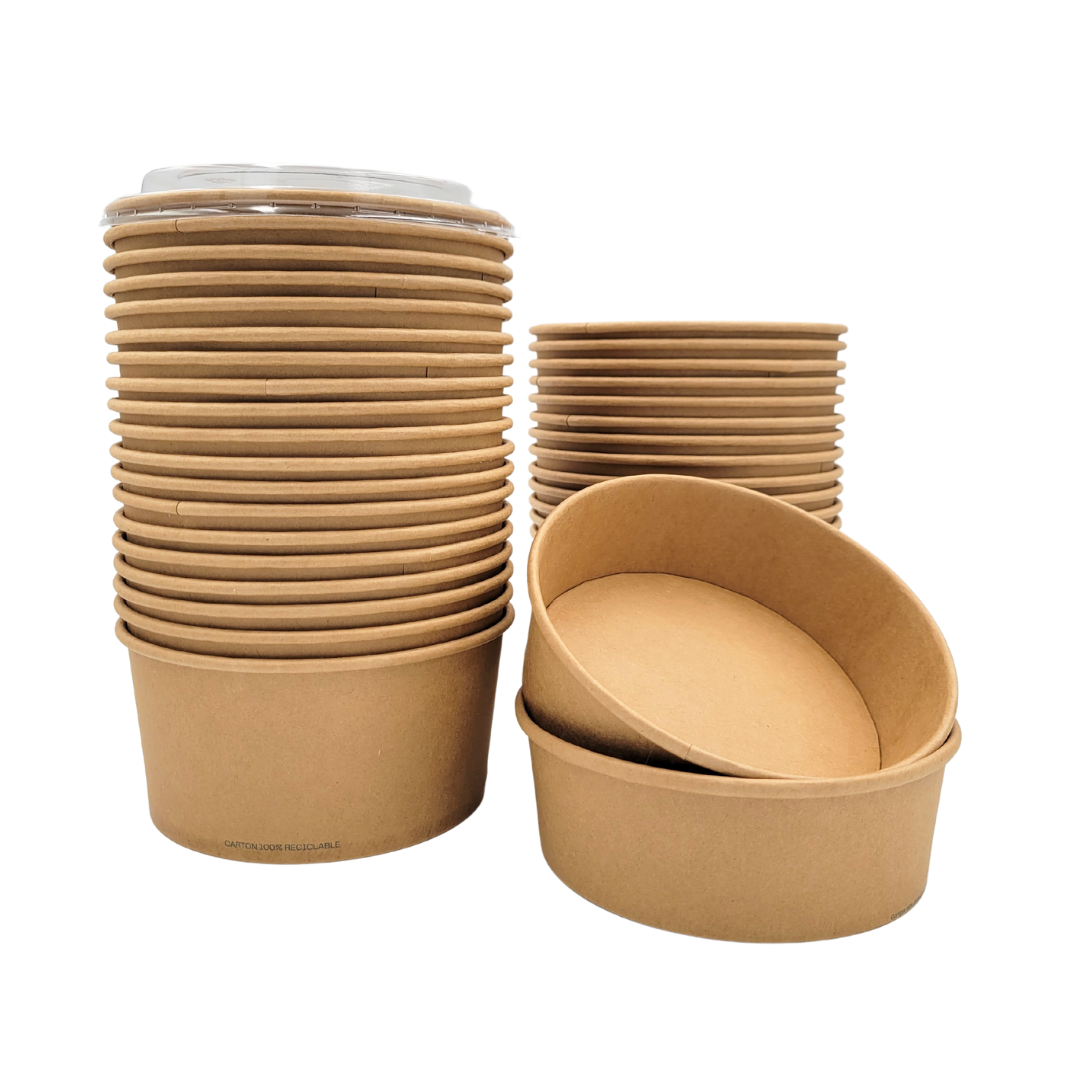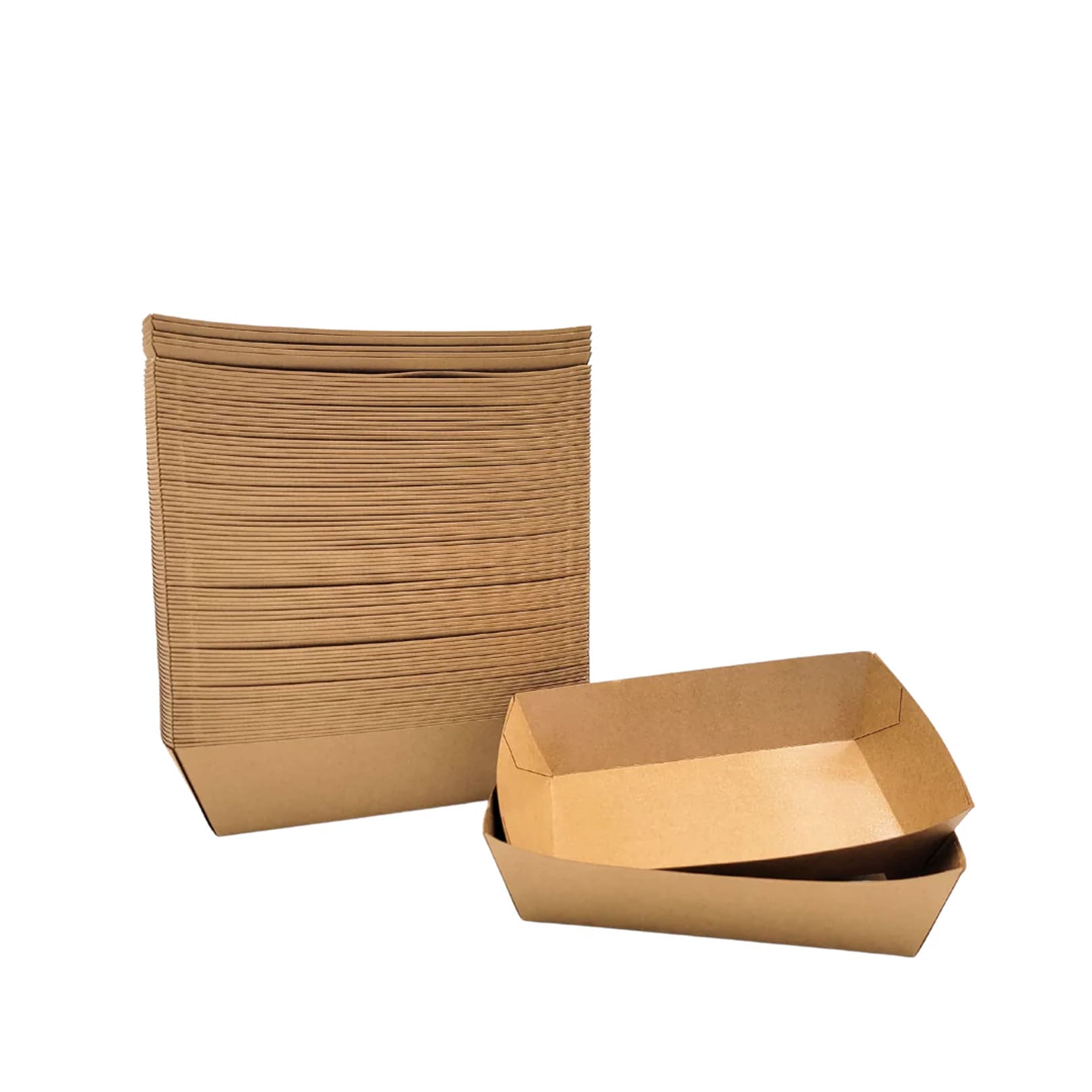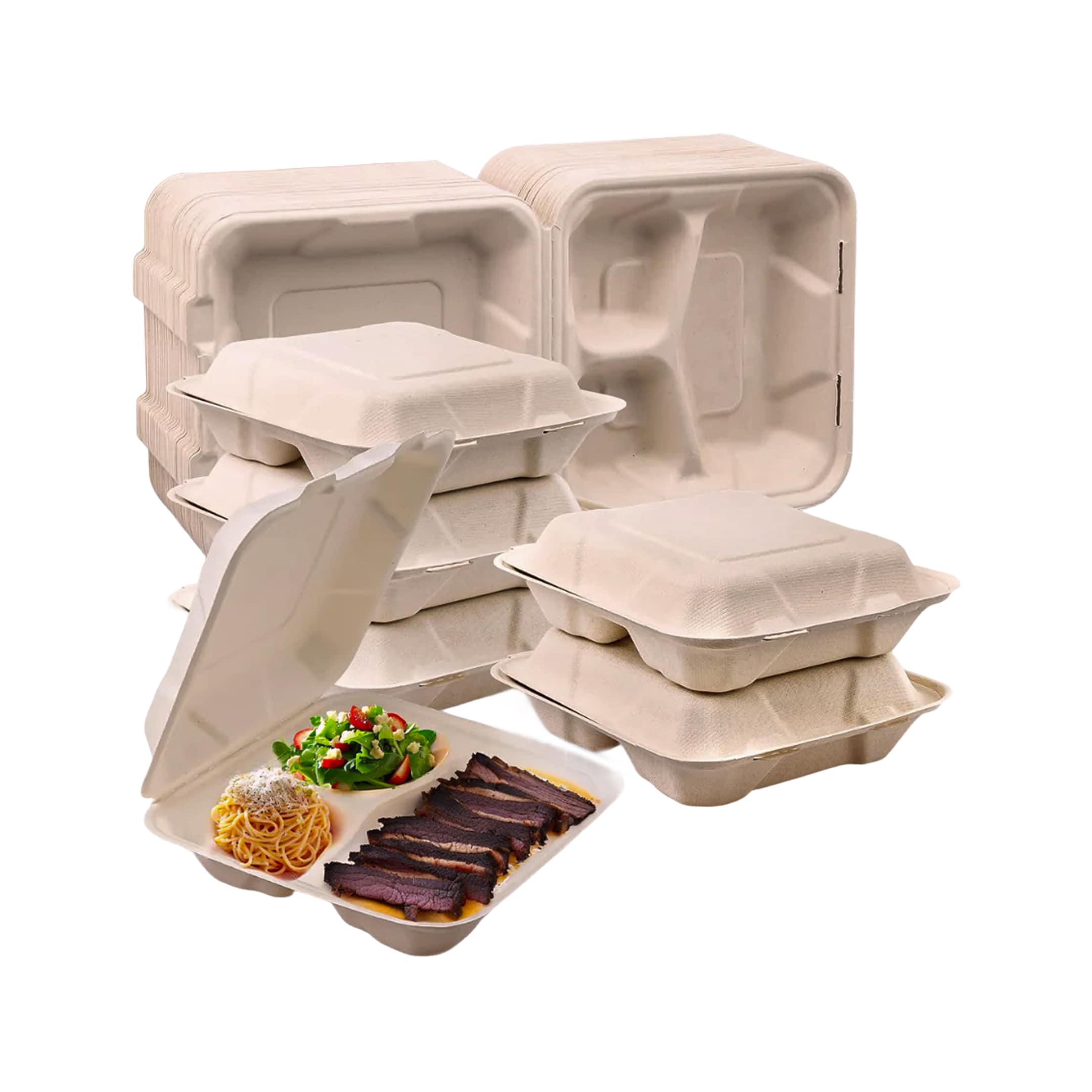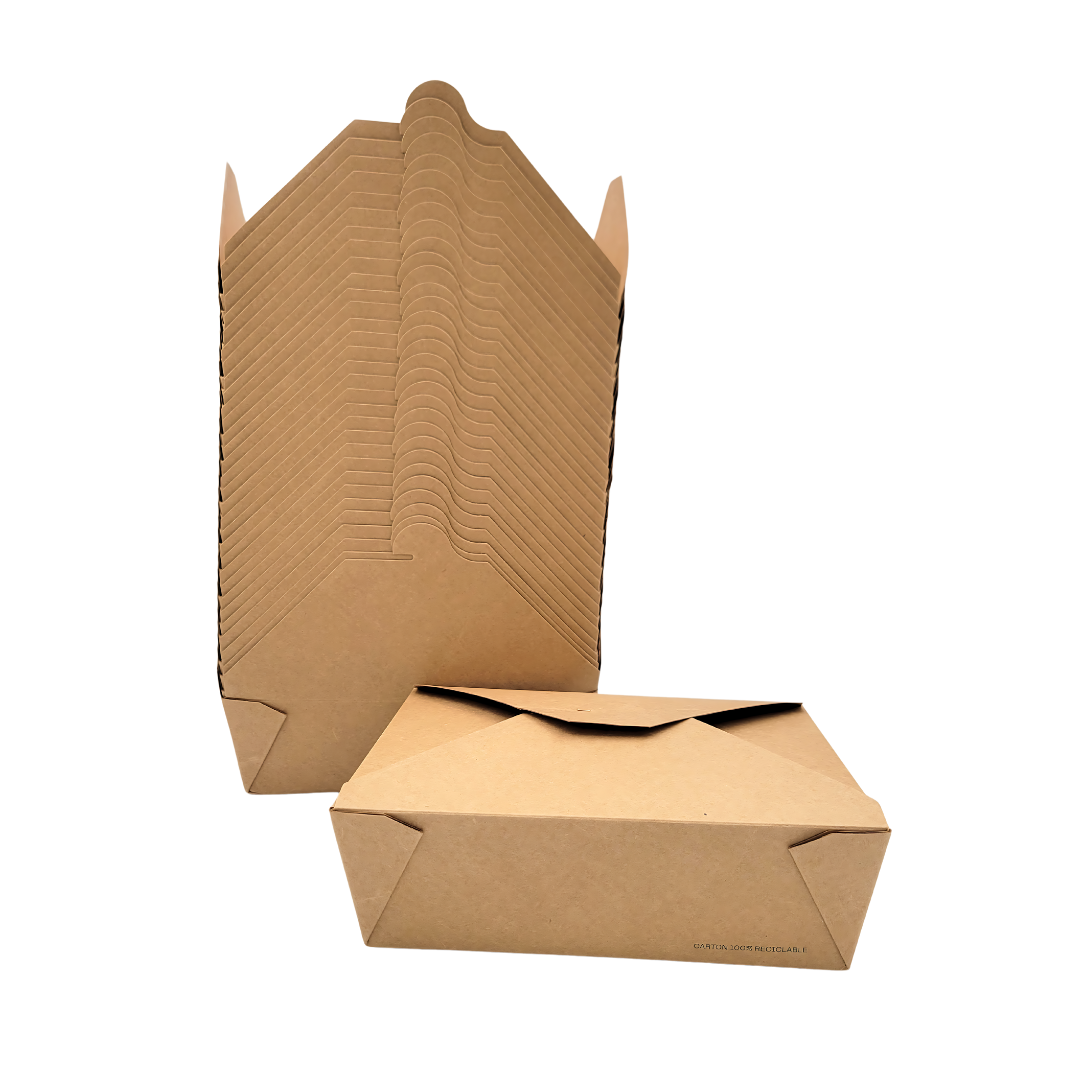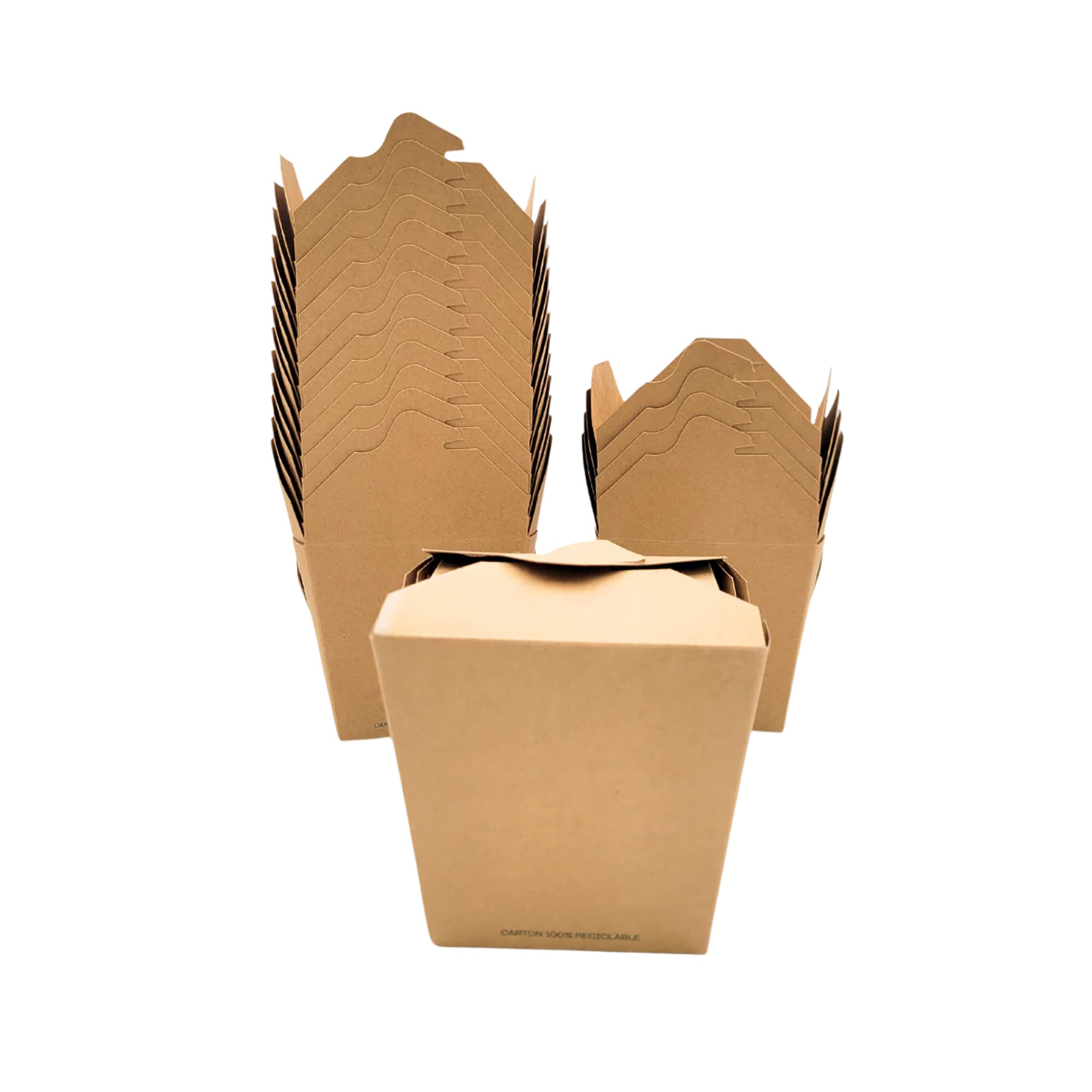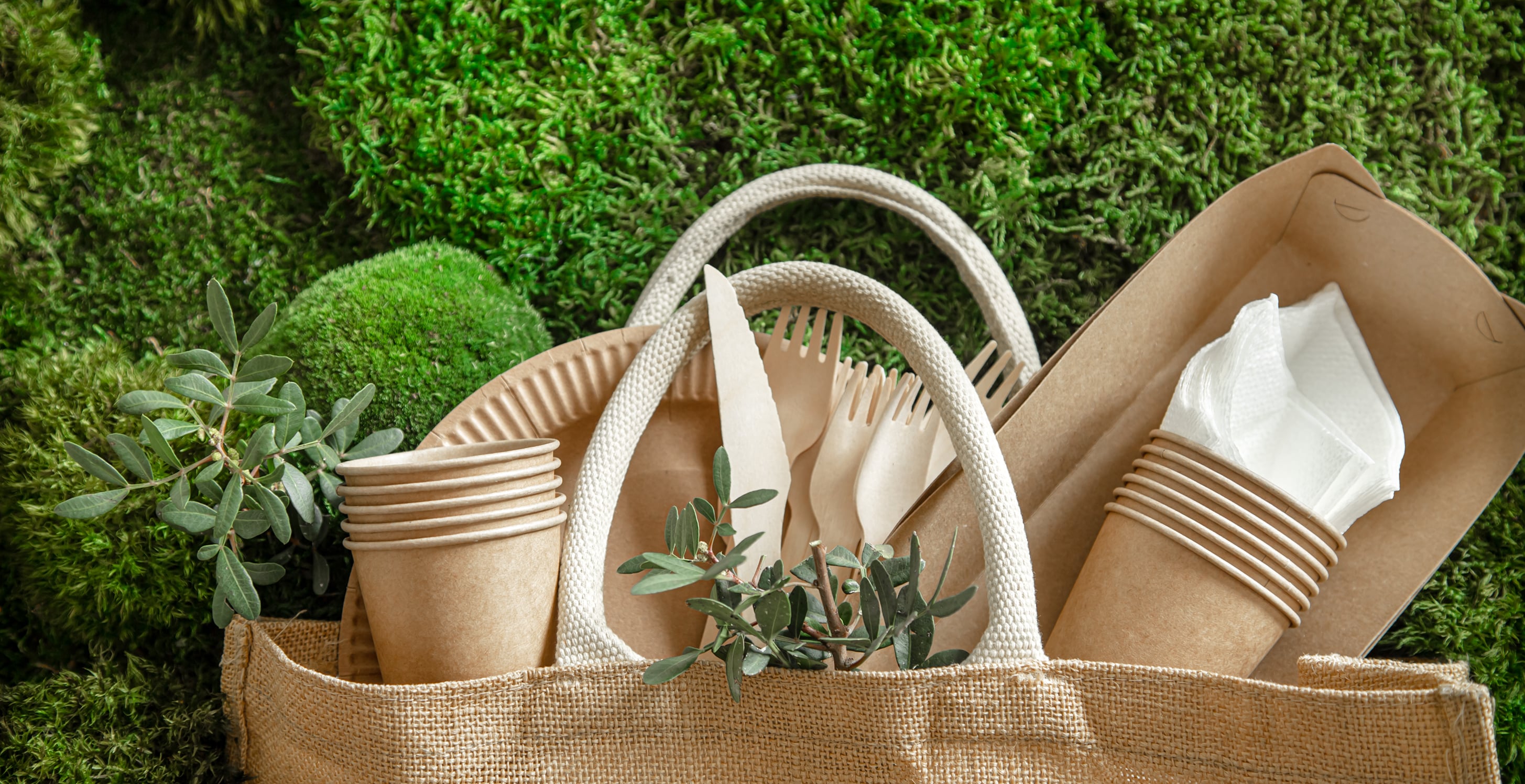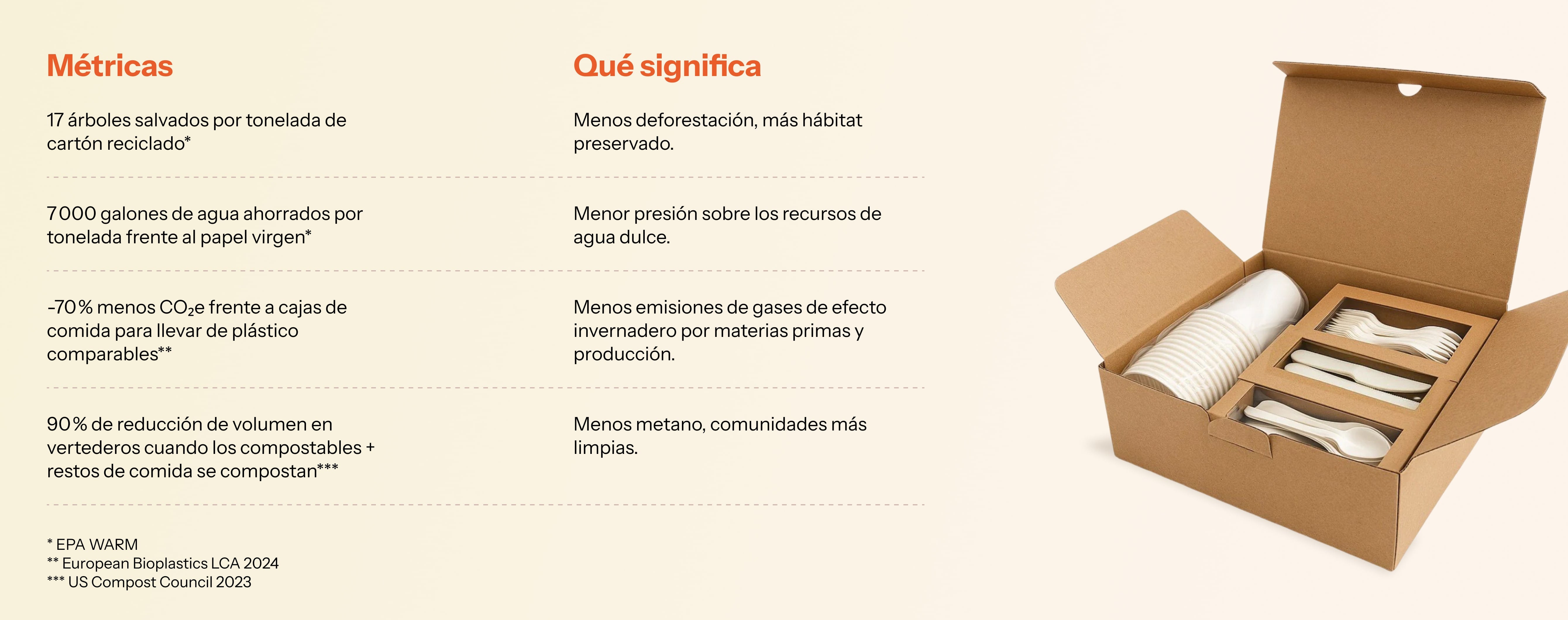Environmental impact at a glance
Reliable certifications
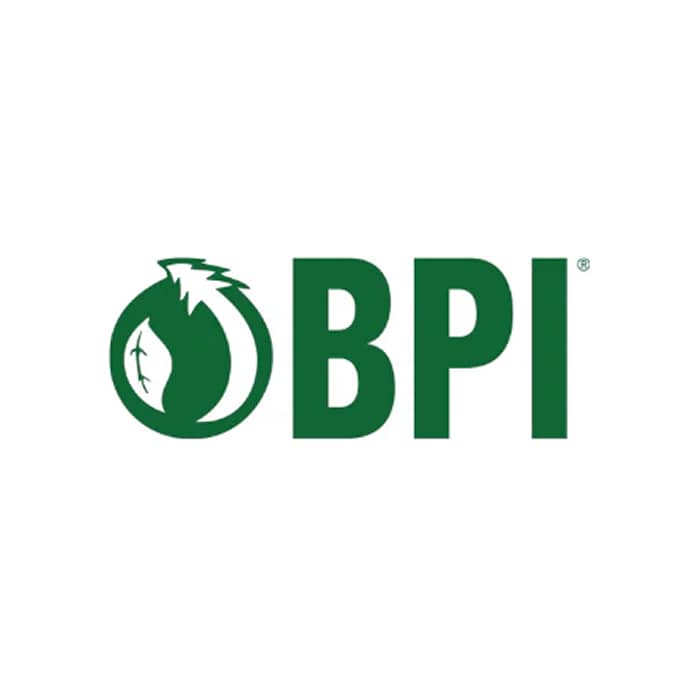
BPI Certification
Complies with ASTM D6400/D6868 for industrial composting.
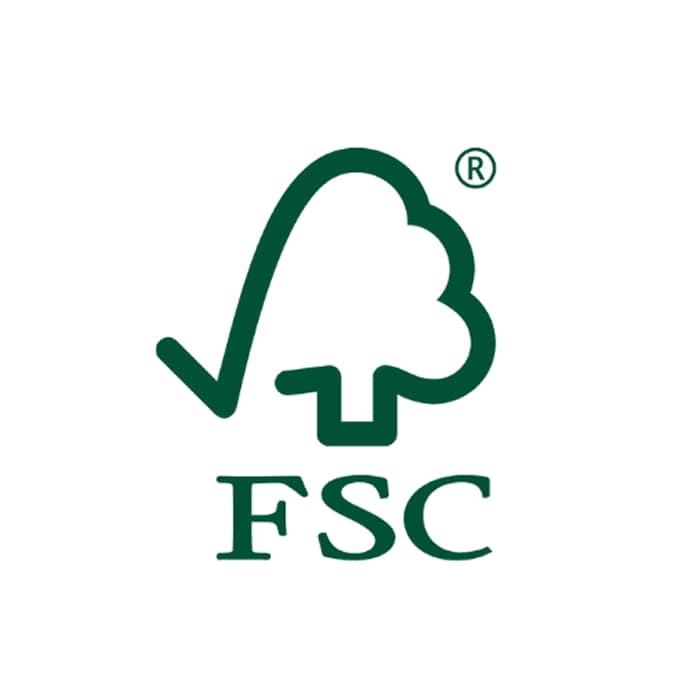
FSC® Certification
Paper sourced from responsibly managed forests.
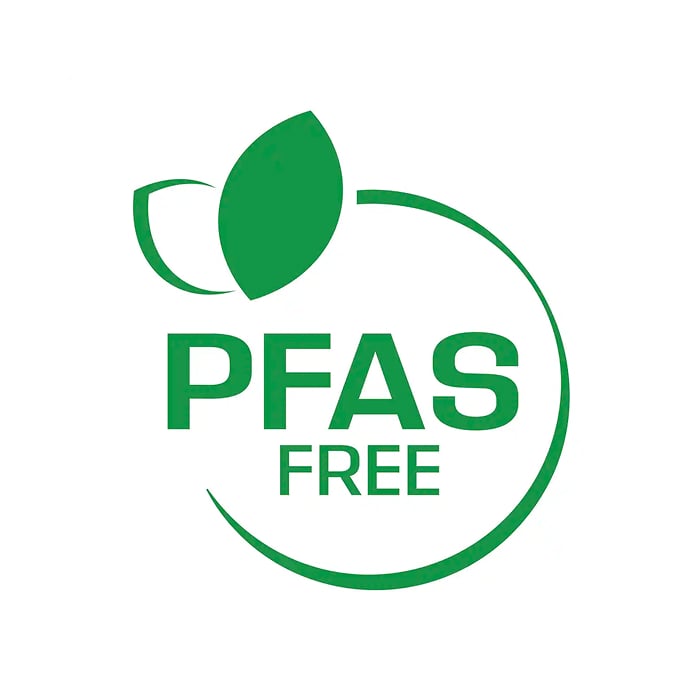
PFAS-free
No added PFAS — meets the strictest US standards for food packaging.
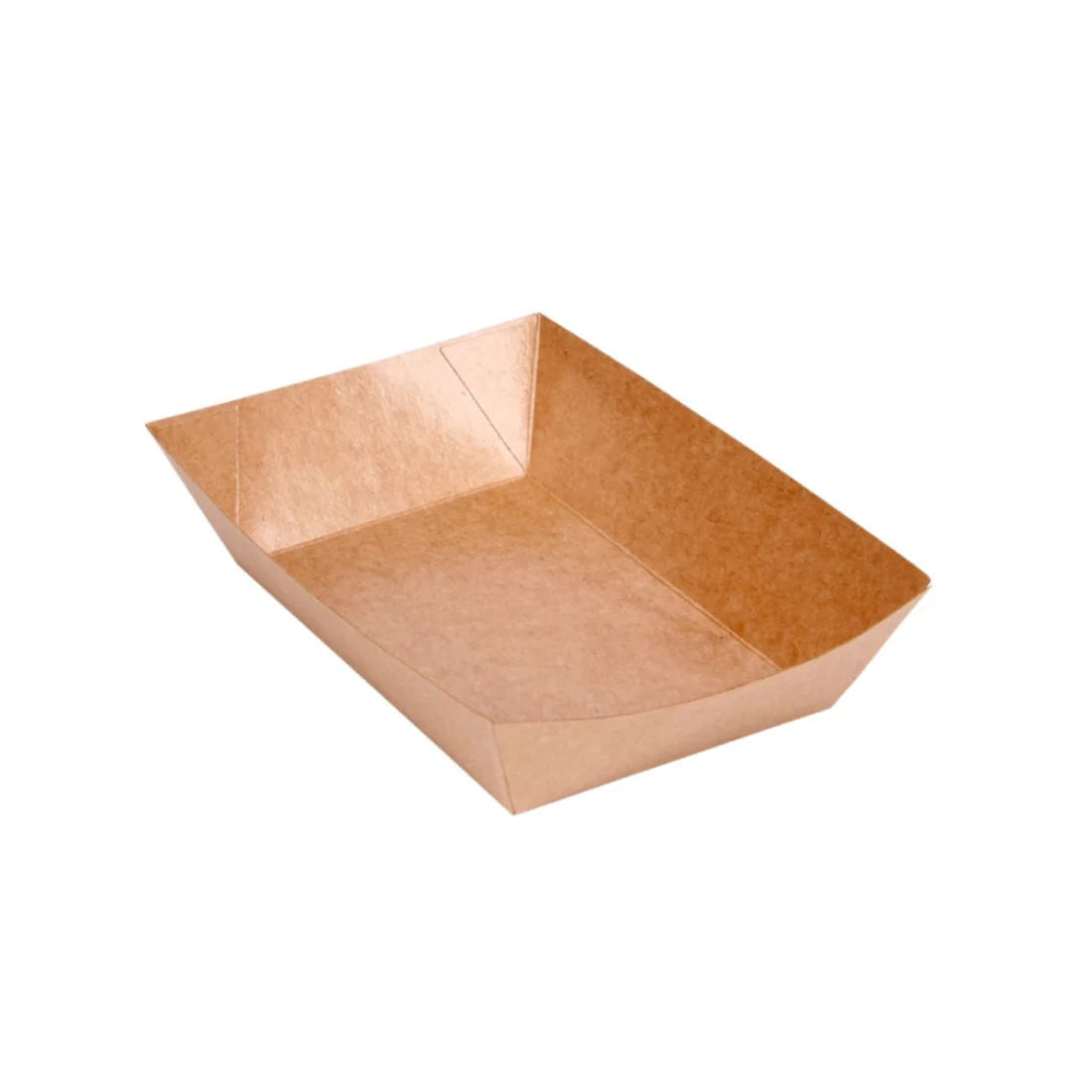
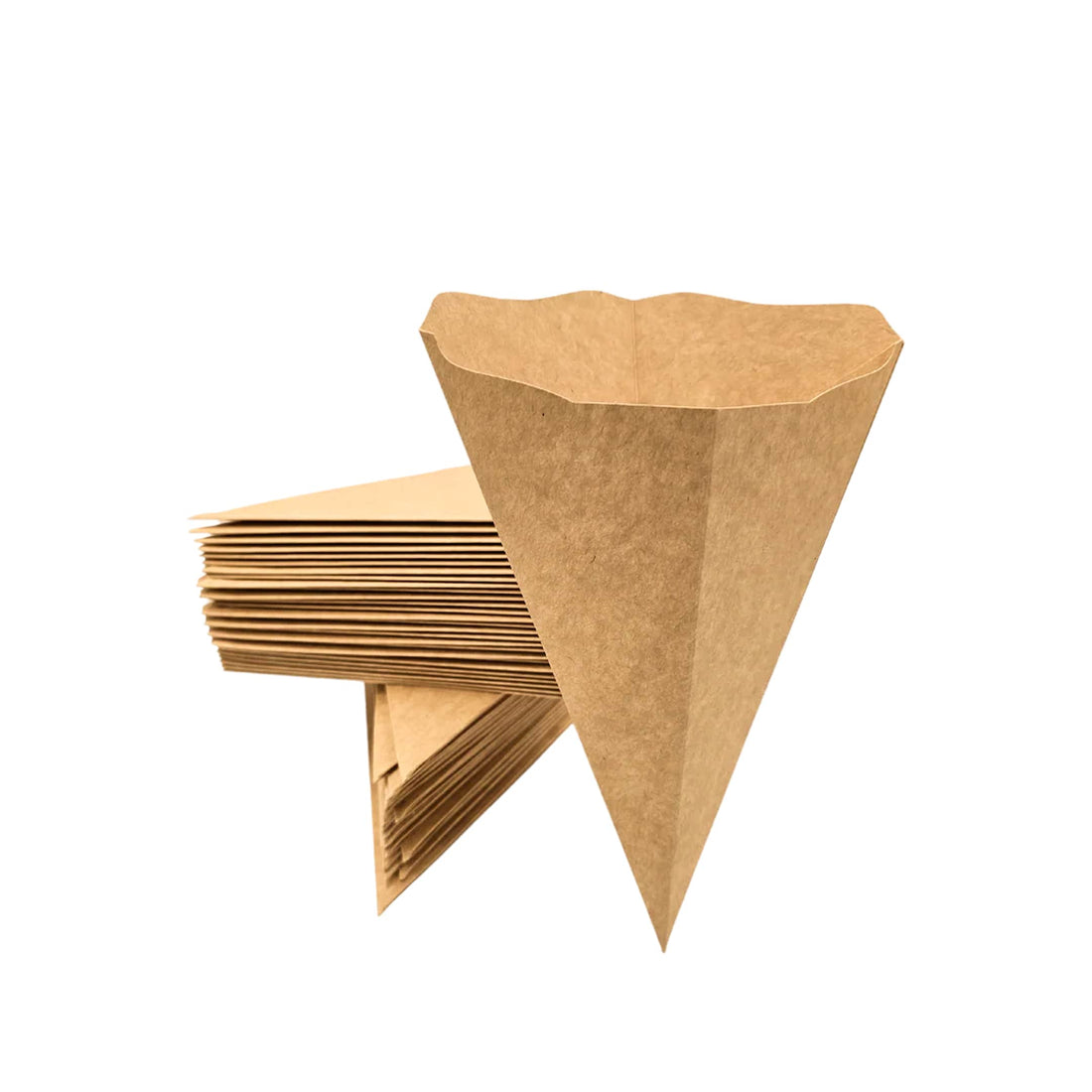
Guide for subsequent use
Compostable products (bagasse and fiber)
- Scrape or shake off excess food.
- Place the container in the organic waste/food scraps container if your city offers industrial composting collection.
- No program available? Take it to a local drop-off point or a community garden that accepts BPI-certified products.
- Composting at home? Cut or crush the packaging to speed up decomposition; it takes between 3 and 6 months in well-managed piles.
- In landfills, fiber still degrades much faster than plastic; however, composting captures valuable nutrients, so choose compost whenever possible.
Kraft cardboard (recyclable)
- Empties liquids and cleans or scrapes off thick sauces.
- Flatten the boxes to save space.
- Place them in the mixed paper/cardboard recycling bin. Light grease stains are acceptable according to most MRF guidelines.
- If they are very dirty, compost them along with food waste instead of recycling them.
Professional advice for restaurants and catering
- Use our free “SORT ME” stickers to help staff and customers place items in the correct container.
- Display the BPI logo on menus or counters to remind customers that the takeaway packaging is compostable.
- Scan the QR code on each box to locate nearby composting facilities using the BPI map.
Need help implementing a composting service? Email sustainability@grubpak.com and we'll point you to local solutions.
Frequently Asked Questions – Materials and Performance
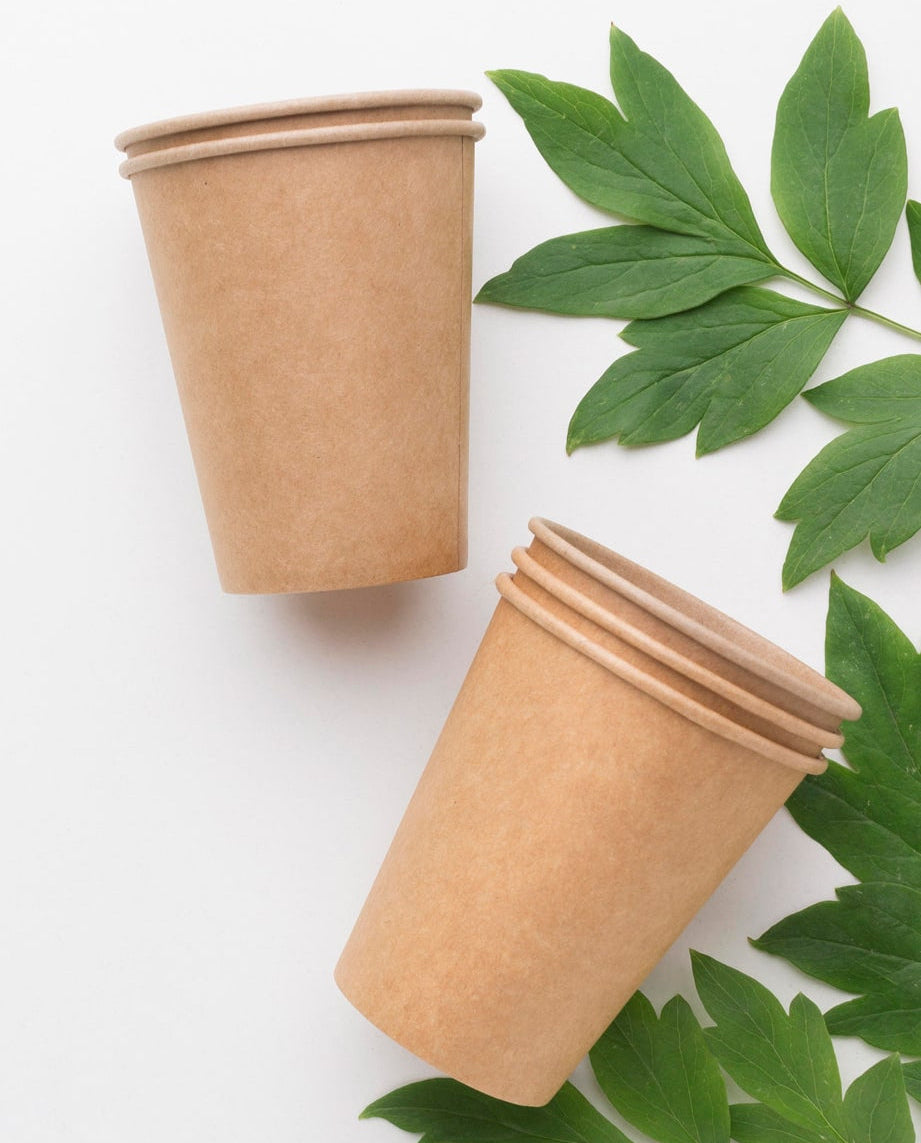
What is PLA bioplastic and why doesn't GrubPak use it for hot meals?
What is PLA bioplastic and why doesn't GrubPak use it for hot meals?
Polylactic acid (PLA) is a transparent bioplastic of plant origin, frequently used in lids for cold drinks. It softens above ~110 °F / 43 °C, so it can deform with hot food. Our fiber containers maintain their rigidity up to boiling temperatures, so we reserve PLA only for cold drinks.
How durable are bagasse packaging materials compared to plastic and paper?
How durable are bagasse packaging materials compared to plastic and paper?
The bagasse fibers interlock under heat and pressure, creating rigidity comparable to polypropylene lids and resisting oil better than plain cardboard; they can contain liquids for more than 4 hours without leaking.
Sugarcane lids vs. plastic lids – do they seal just as well?
Sugarcane lids vs. plastic lids – do they seal just as well?
Yes. Our fiber lids have precise sealing rings that fit our containers; drop tests show ≤ 2% leakage at 1 m height, similar to PET lids and fully compostable.
Natural kraft or white SBS: which should a restaurant choose?
Natural kraft or white SBS: which should a restaurant choose?
Kraft (brown) conveys ecological authenticity and hides scratches. White SBS offers a bright canvas for high-fidelity printing. Both are recyclable; the choice depends on the brand's image.
Does recycled kraft compromise strength or grease protection?
Does recycled kraft compromise strength or grease protection?
No. Modern recycled fibers are blended with virgin pulp to meet the same edge crush test and Cobb test standards as virgin cardboard; strength and grease resistance remain intact.
Is white SBS recyclable after coming into contact with food?
Is white SBS recyclable after coming into contact with food?
If it's lightly soiled, yes: scrape off the solids and recycle. For thick sauces, composting is recommended. Most MRFs in the US accept cardboard with light food stains.
Are compostable fiber packaging materials accepted everywhere?
Are compostable fiber packaging materials accepted everywhere?
Commercial composting is regional. Check the BPI facility map or ask your waste provider. Even in landfills, fiber decomposes 10–20 times faster than plastic.
What supply chain trends affect the prices of bagasse, PLA, and kraft?
What supply chain trends affect the prices of bagasse, PLA, and kraft?
- Bagasse prices remain stable as global sugar production increases.
- PLA costs fall ~5% annually as new plants expand.
- Recycled kraft paper follows the markets for recovered paper: seasonal variations and long-term growth thanks to recycled content mandates.
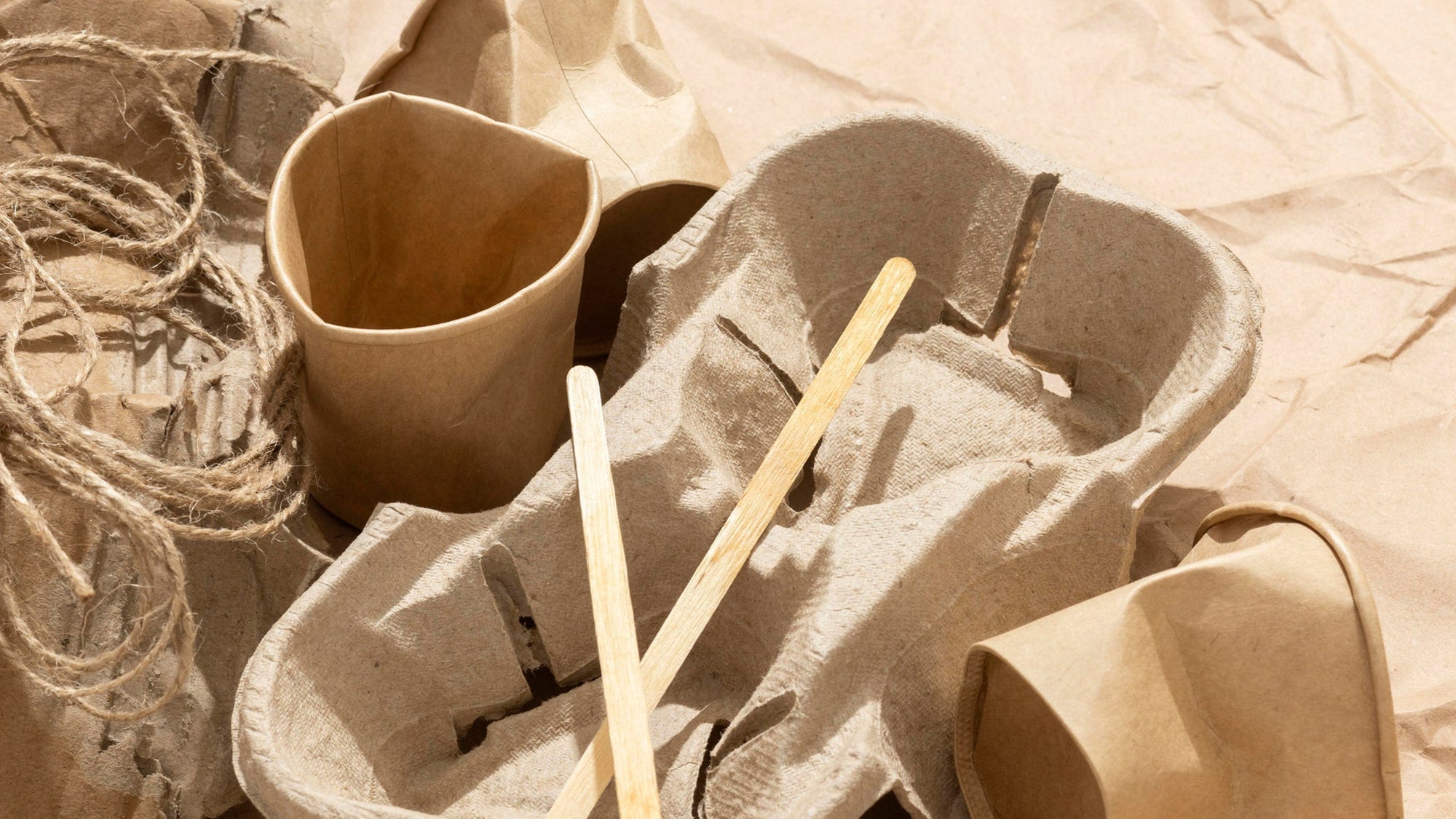
Small footprint, great taste™
Compost it. Recycle it. Enjoy it.
This is how GrubPak's sustainability works: simple, verified, and effective.


